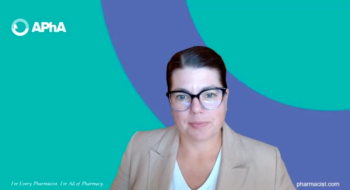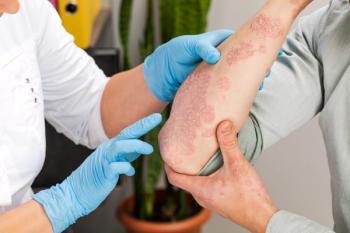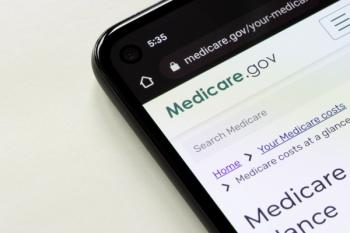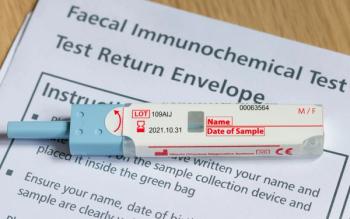
Increasing respiratory syncytial virus (RSV) vaccination among older adults could prevent up to 1600 deaths and 20,000 hospitalizations over 5 years.

Increasing respiratory syncytial virus (RSV) vaccination among older adults could prevent up to 1600 deaths and 20,000 hospitalizations over 5 years.

Brigid Groves, PharmD, MS, discusses the importance of using trustworthy sources so that pharmacists can support communities with accurate information.

Chelsea Renfro, PharmD, discusses the importance of rigorous study designs to establish medication efficacy.

Real-world evidence helps pharmaceutical companies and payers communicate more effectively.

Tildrakizumab maintained a favorable safety profile through 208 weeks in patients with psoriatic arthritis, with no new safety signals reported.

National data show adults struggling to afford energy bills face over twice the odds of depression and anxiety.

More than 50% of patients with psoriasis are eligible for systemic treatment, and nearly 90% would switch to an effective oral therapy with a favorable safety profile.

Ken Cohen, MD, FACP, discusses how new cognitive assessment tools are improving Alzheimer disease diagnosis.

Removing out-of-pocket costs for follow-up colonoscopy led to an immediate and sustained increase in utilization.

Susan Cantrell, CEO of the Academy of Managed Care Pharmacy, shares exclusive insights on key themes that will be discussed at this year's Nexus conference.

Ken Cohen, MD, FACP, discusses how clinicians can support patients after a cognitive screening to identify meaningful next steps.

A study reveals disparities by sex, socioeconomic status, and location for colorectal cancer screenings.

Higher body size and metabolic factors are linked to worse psoriasis and lower biologic treatment success.

Researchers identify FGFR4, FLT1, and WNT5A as key biomarkers and suggest dovitinib and nintedanib as new targeted therapies for colorectal cancer.

Kavita Nair, PhD, FAAN, discusses the rising global burden of neurodegenerative diseases.

Andrew Wolf, MD, discusses the growing costs, treatment advances, and geographic disparities in multiple sclerosis care.

A new report shows Vermont, Utah, and Minnesota lead, while Louisiana, Mississippi, and Kentucky lag in Medicare performance.

Digital tools help prevent burnout, anxiety, and exhaustion among health care workers.

Tara Carlisle, MD, PhD, University of Colorado, discusses how coordinated care efforts and frequent safety monitoring are transforming early Alzheimer disease management.

CVS Pharmacy acquires stores and prescription files from over 600 Rite Aid and Bartell Drugs pharmacies.

Ken Cohen, MD, FACP, discusses the importance of expanding cognitive screening for seniors.

A 12-year study in China finds that individuals who dine out often face a higher risk of colon and rectal cancers, with obesity playing a mediating role.

Online racial discrimination, bias, and trauma are linked to anxiety and depression in Black adolescents.

Robert Andrews, CEO of the Health Transformation Alliance, addresses Medicaid rebates, cost-shifting concerns, and value-based pricing trends.

A self-help app based on cognitive behavioral therapy improved depression, self-esteem, and quality of life in adults with intellectual disabilities.

Robert Andrews, CEO of the Health Transformation Alliance, discusses the implications of the new TrumpRx platform on drug pricing policy.

A study finds rural and nonrural patients have similar follow-up times after positive stool-based DNA tests, supporting broader colorectal cancer screening access.

A 16-week Mediterranean diet reduced psoriasis severity and improved metabolic health in patients with mild to moderate psoriasis.

Colon cancer recurrence risk falls below 0.5% at 6 years post-surgery, offering a practical benchmark for defining cure, according to new research.

Study finds slight temperature shifts are linked to changes in physiological stress responses.

259 Prospect Plains Rd, Bldg H
Cranbury, NJ 08512
© 2025 MJH Life Sciences®
All rights reserved.
